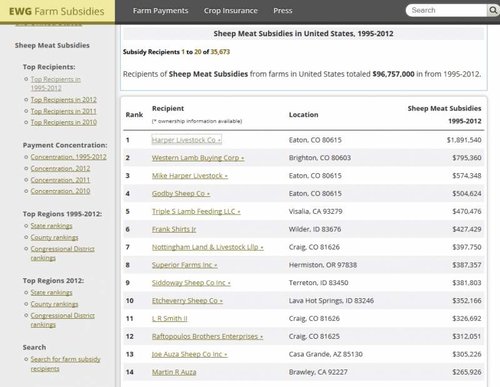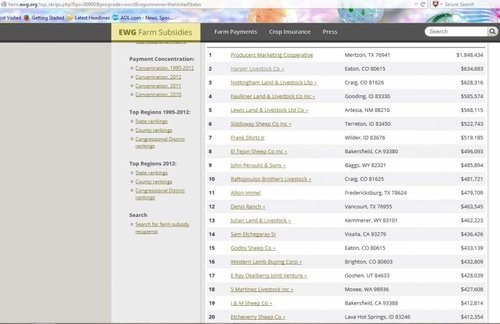The U.S. Forest Service Weminuche Landscape Grazing Analysis is open for comment until July 21. The analysis covers domestic sheep grazing allotments within or adjacent to S-71, S-28, S-16 and S-15. The Weminuche bighorn sheep herd is a Tier 1 herd in Colorado, which means it has the highest management priority.
The Forest Service preferred alternative is to continue grazing 3 "high risk" and 1 "moderate risk" domestic sheep allotments, as risk relates to contact between bighorn sheep and domestic sheep.
The risk assessment the Forest Service conducted concludes:
"The total herd contact rates [with domestic sheep] for these three allotments exceeds the levels thought likely to maintain long-term bighorn herd persistence...."
And further:
"If a disease event involved S-28 and was to spread to S-16 and S-15 through the interconnected metapopulation structure of the Weminuche RBS-20 DAU, there is potential for a disease event to involve a high value population that comprises about 75% of the bighorn sheep population on the [San Juan National] Forest."
Go to this link to read the lengthy Risk Analysis and Environmental Assessment, or to comment on the analysis. If you have any questions, feel free to ask.
The Forest Service preferred alternative is to continue grazing 3 "high risk" and 1 "moderate risk" domestic sheep allotments, as risk relates to contact between bighorn sheep and domestic sheep.
The risk assessment the Forest Service conducted concludes:
"The total herd contact rates [with domestic sheep] for these three allotments exceeds the levels thought likely to maintain long-term bighorn herd persistence...."
And further:
"If a disease event involved S-28 and was to spread to S-16 and S-15 through the interconnected metapopulation structure of the Weminuche RBS-20 DAU, there is potential for a disease event to involve a high value population that comprises about 75% of the bighorn sheep population on the [San Juan National] Forest."
Go to this link to read the lengthy Risk Analysis and Environmental Assessment, or to comment on the analysis. If you have any questions, feel free to ask.
Last edited:







